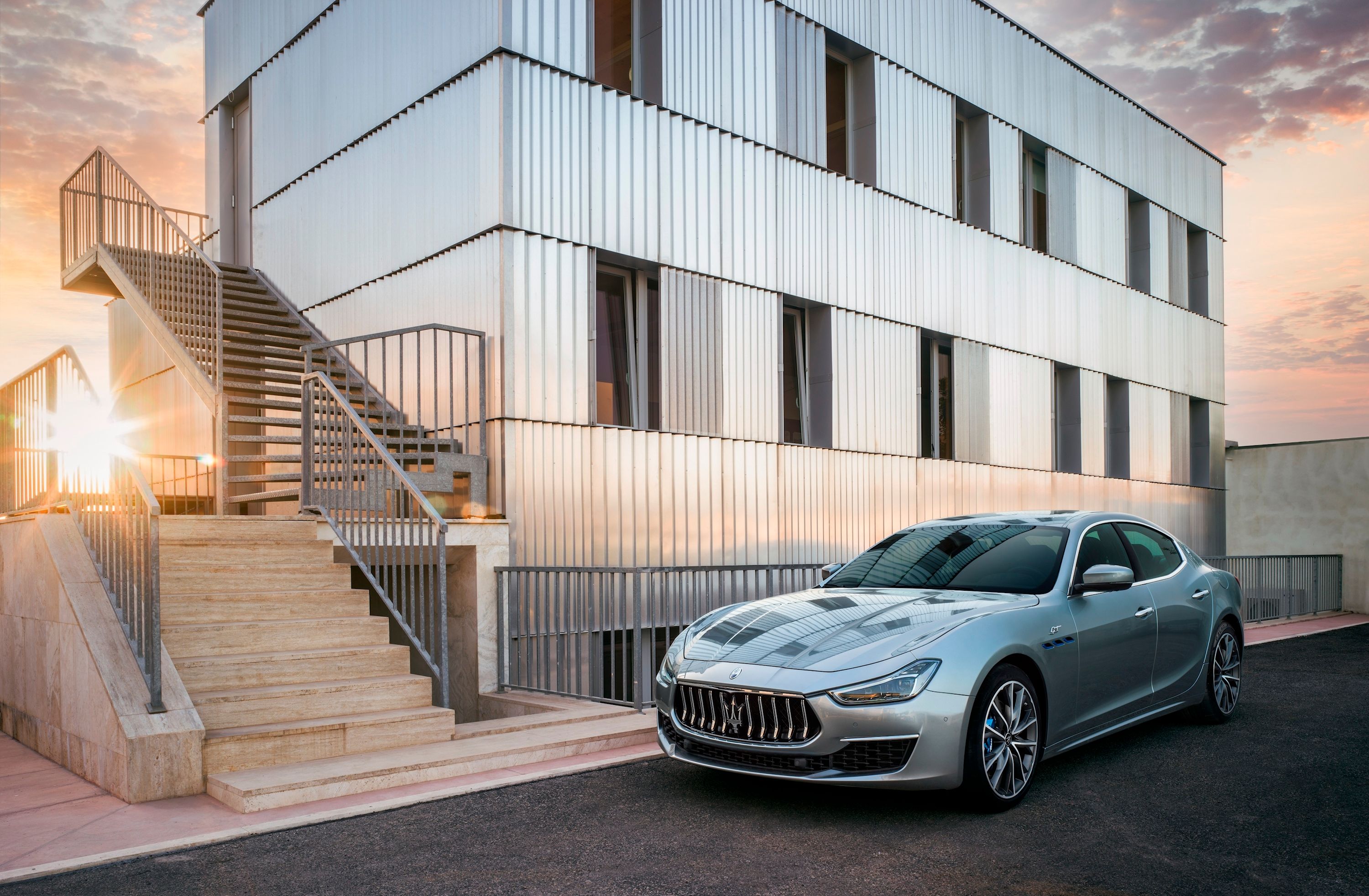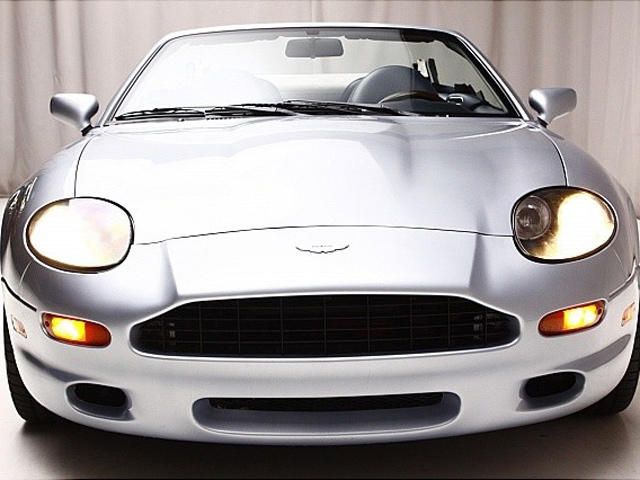
After a particularly poor dip in form, British carmaker Aston Martin's mid-Nineties design revival can be linked to one specific model, the DB7. Its predecessor, the DBS V8, was in production from 1969 until 1989. Although it received a number of upgrades during its 20-year reign, by the end of its life cycle the design was in desperate need of an overhaul. In addition, Aston Martin itself was in a slump and needed to turn things around in order to remain competitive with the likes of Ferrari.
Enter Ford, who came to Aston's financial rescue in the early Nineties. With a much-needed investment, Aston Martin was finally able to launch a new GT that not only looked good but also had respectable performance and handling. The DB7 was unveiled in 1993 to great acclaim and a huge sigh of relief from longtime fans. For the first time in years, the British automaker had something competitive on its hands and the car helped to set the stage for the model lineup in place today. Head Designer Ian Callum, the styling genius currently heading up Jaguar design, was the man tasked with helping to turn the DB7 into a reality.
Those with a keen eye will notice the DB7 looks suspiciously like the Jaguar XK8. This was no accident because Callum went ahead and made just enough styling changes to turn the Jag into an Aston. In fact, the DB7 was originally intended to be the Jaguar F-Type, a model that would have debuted years ago were it not for Ford, who also owned Jaguar at the time, putting it on perpetual hold. The bean counters figured that a new Aston would be more profitable than an entry-level Jaguar. To further conserve costs, the DB7 was based on an updated version of the Jaguar XJS's platform, as was the XK8.
Despite the cost-cutting, the DB7 was still a huge improvement over what Aston Martin was previously doing and it provided the struggling brand with just the right amount of adrenaline to make things interesting again. Available as either a coupe or convertible, power came from a standard 3.2-liter supercharged straight-six which wasn't especially powerful but it got the job done. Ford was interested in positioning the DB7 as an "entry-level" GT model so it had to find a way to cut costs somewhere. This underpowered engine was one answer. Fortunately, the V12-powered Vantage premiered in 1999 and things finally got much more interesting.
With a total of 420 horsepower and 400 pound-feet of torque on hand, owners were finally able to feel like they were driving a true performance car. When equipped with the six-speed manual, it had a top speed of 186 mph. The car was so successful that sales of the base 3.2-liter model dropped to the point that it was discontinued entirely. An improved version of the Vantage, called the V12 GT, was released in 2002, but by this time Aston Martin was well underway in developing its replacement, the DB9. However, anyone wanting to own an Aston Martin but without sufficient funds to buy one, an old DB7 may be the solution.
This 1997 DB7 Volante, currently up for sale on eBay, only has 38,548 miles on the odometer and is in overall solid condition. Power comes from the base 3.2-liter supercharged straight-six mated to an automatic gearbox. Painted silver with a blue leather interior, its asking price is just $28,000. Bear in mind that this is still an Aston Martin and premium cars will always have higher maintenance costs for even the simplest of issues. But if someone is willing to take on that investment, they will find themselves a bargain in this gorgeous DB7, the car that truly helped save Aston Martin.

